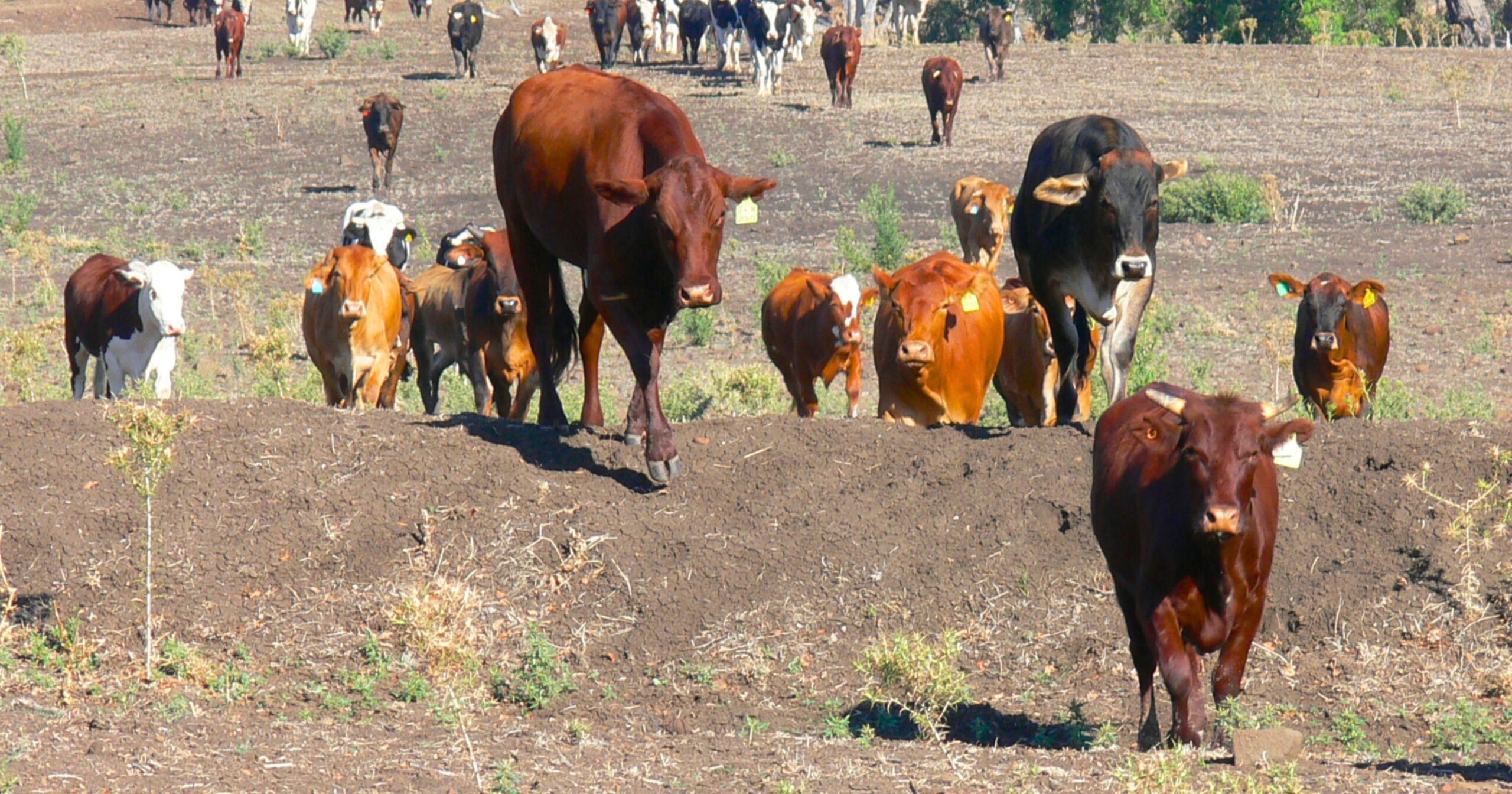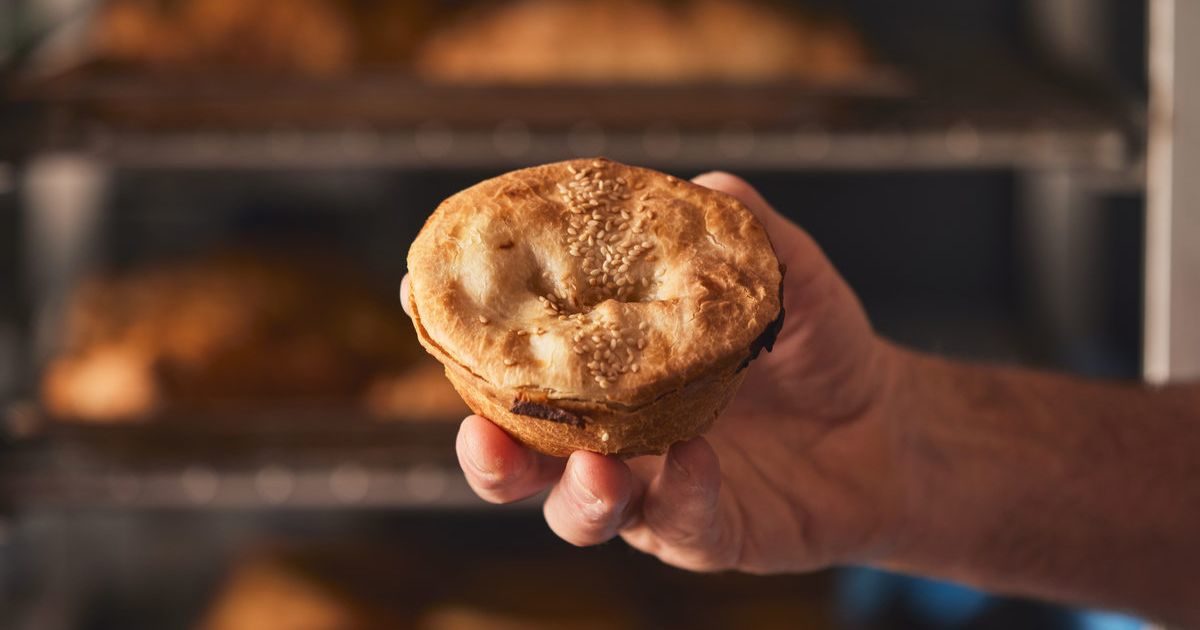Possum study looking for toxic link
By Lachlan Ellis
A new study led by researchers at Deakin University and the University of Melbourne is looking into unintentional poisoning of possum species, and you can help by providing samples.
Following a sharp increase in secondary poisoning of powerful owls (poisoning from eating poisoned animals), the team is now collecting dead possums from across Victoria, to identify the prevalence of rat poisons in possums.
Associate Professor at Deakin University, John White, is a member of the research team, and said secondary poisoning was becoming a real threat for predators like the powerful owl.
“Our story began during Melbourne’s first lockdowns in 2020, [when] we started to receive lots of dead powerful owls. We had never had so many dead owls reported to our team, and it raised alarm bells that something very serious was happening to these amazing predators. Liver samples were taken from the dead owls and analysed for environmental toxins as well as rat poisons. To our surprise 83 per cent of the 18 birds we analysed had the SGAR [Second Generation Anticoagulant Rodenticide] brodifacoum in their livers, some at levels that may have contributed to their deaths,” Mr White told the Moorabool News.
“The presence of rat poisons in predators is not uncommon around the world, except powerful owls do not tend to eat rats or mice, they eat possums and gliders. So, the question arose: how are these insidious poisons making it into these rare predators?”
That question raised the serious possibility that possums are – hopefully unintentionally – being killed by SGAR poisons intended for mice and rats, and passing that poison on to the powerful owls that eat them.
How can you help? If you come across an intact, recently deceased possum, you can help the research team with their study by storing it in a freezer, recording the location and date of where the possum was found, and then contact the team.
But Mr White said there is another way to help to prevent secondary poisoning from happening in the first place.
“Avoid using rodent poisons, in particular ones with brodifacoum in them as an active ingredient. Rat poisons with warfarin as the active ingredient are better than SGARs, but even better is to use a trap. At least with a trap you know what you have killed, and there is no flow on of poisons into our wildlife populations,” Mr White said.
“Predators will eat animals [poisoned with SGARs] and accumulate poison in their bodies, and this poison can stay in their bodies for over a year. Each new poisoned animal they eat leads to more poison in the predator, until it receives a lethal amount.”
For more information, contact John White at [email protected].



















